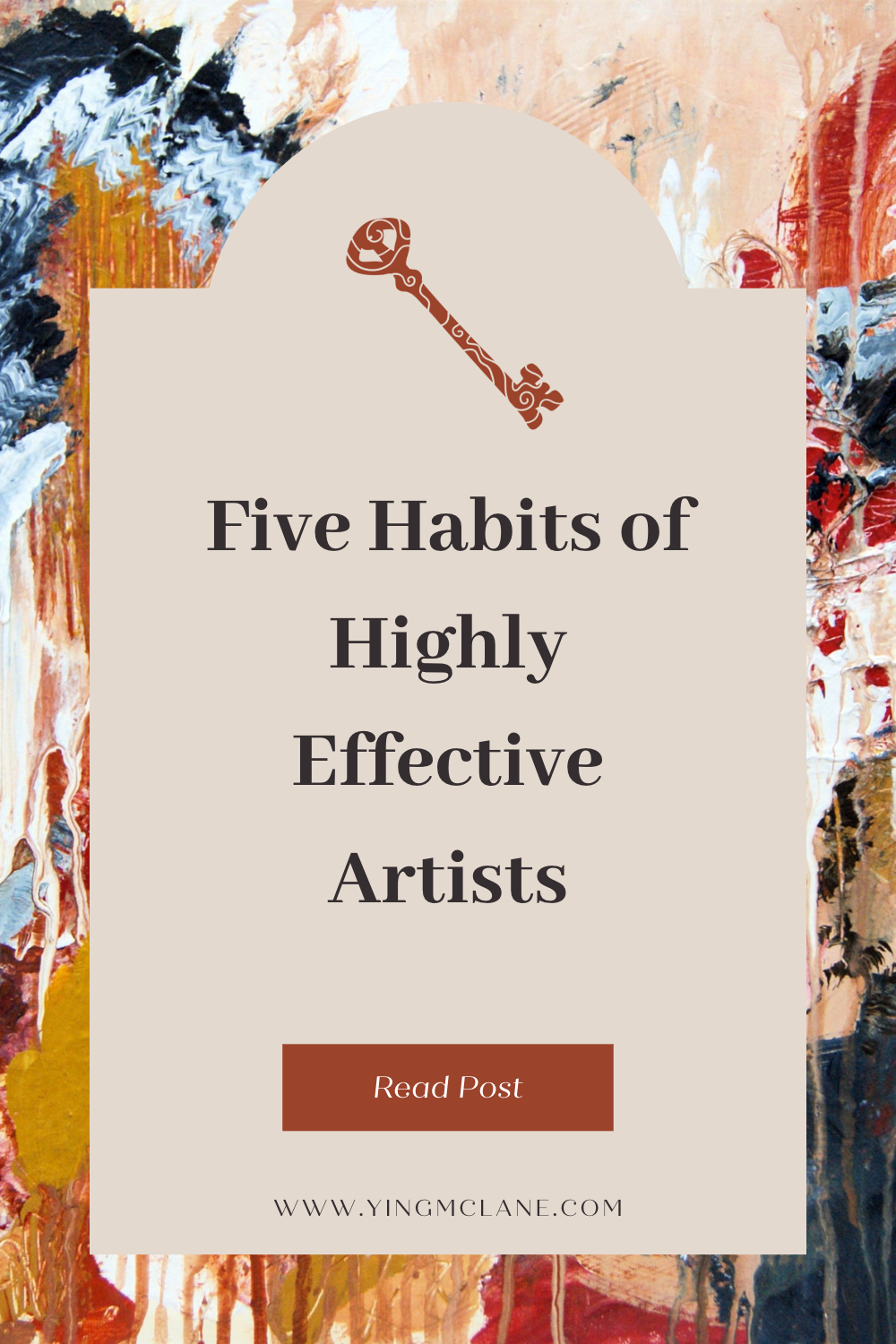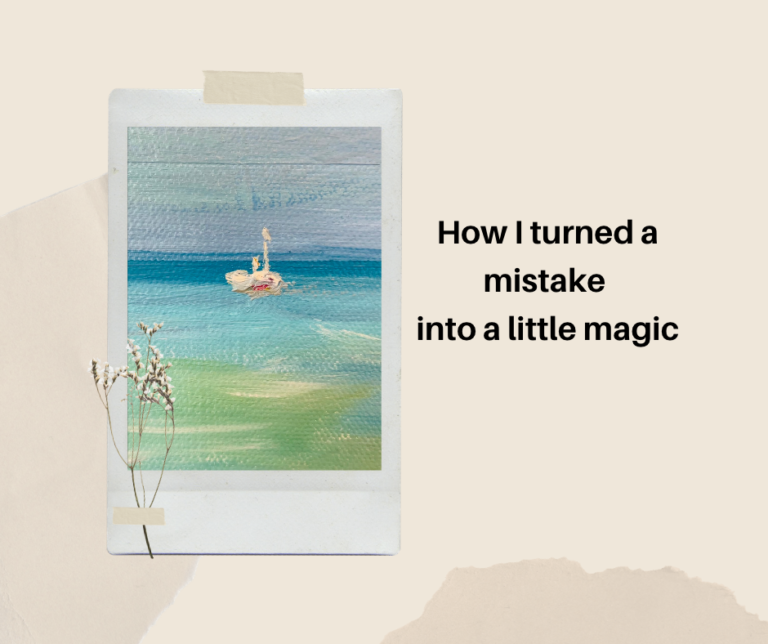Do you want to be a highly effective artist?
I don’t know about you, but I used to think that in order to make great art, I needed to wait until genius inspiration struck me. And I am a perfectionist, so that I will revise my painting over and over again. Because of that, I have ruined a couple of good paintings. And one painting took me four months to finish!
Not until a mentor taught me the good habits of a professional artist, and read a great book about the psychological aspect of habits, then I find my past habits were completely wrong. And today I totally changed the way I make my art.
First, if you want to make art your profession, you need to put out an average of two pieces of small to medium artwork per week or one big piece per week. A reputable gallery won’t even look at anyone’s portfolio unless they have at least 15 articles with the same level of quality.
I know it’s not easy. But with a good framework and mindset, it’s totally achievable.
NYT bestseller author James Clear introduced a couple of key mindsets regarding building good habits in his recent hit “Atomic Habits.”
First is the power of starting with small habits. Small habits, consistently practiced over time, can lead to significant improvements. For an artist, this could mean starting with a small daily habit, such as spending 15 minutes drawing or writing. Over time, this habit can be built upon and eventually lead to longer and more productive sessions.
So, instead of setting a lofty goal for yourself, try starting with something simple like spending just 10-15 minutes a day on your craft. Over time, you can build on that habit and eventually work your way up to longer and more productive sessions.
Habit stacking is another tip from the book that I find particularly useful. It’s the idea of attaching a new habit to an existing one. So, if you always make a cup of coffee in the morning, you could attach the habit of spending 10 minutes sketching your next painting subject while the coffee brews. This can be a great way to incorporate new habits into your daily routine.
Another key takeaway is a 4-step framework, which is composed of cue, craving, response, and reward. James calls it ‘The 4 Laws of Behavior Change’. I can’t explain it in this short email. Here is the link to the book https://amzn.to/3mmjpj2
One good tip from my personal experience is to build a comfy workspace.
It will be hard for you if you only have a kitchen table to work on your art. Find a space that is comfortable, quiet, and has all the necessary supplies within reach. Make sure it’s conducive to your creativity and free from distractions. This will help you stay focused and productive during your work sessions.
I like to put on my favorite podcast or music while I am working. It helps me to get into my “zone” faster and easier.
Also, keep your workspace clean. It doesn’t have to be spotless. After all, which artist doesn’t has stains and messes in their studio? But to avoid turning the “creative mess” into “distracting chaos”, make it a habit to clean your brushes and major mess right after your painting session. And schedule a deep clean once a month.
Another habit I found that I can’t live without is incorporating exercise and stretching into my routine.
The older I gets, the more I find my body needs periodic breaks in between painting sessions, or I will have a terrible backache.
As artists, we spend much time sitting and working on our craft. It’s crucial to take breaks to move our bodies and stretch to prevent tension and fatigue, especially our backs and wrists. . Try doing some yoga or taking a quick walk around the block between work sessions. Trust me; your body will thank you!
Finally, don’t forget to enjoy the creative process! Establishing good working habits is essential, but it’s equally important to enjoy what you’re doing. Experiment with new techniques and ideas, and don’t be afraid to make mistakes. Remember, the journey is just as important as the destination.
So, there you have it – some tips to help you establish good working habits as an artist.
Again, I highly recommend the book “Anomic Habits.” get it from here: https://amzn.to/3Knrjk1
Don’t be discouraged if it takes some time to get into the groove. With consistency, discipline, and a little bit of positive reinforcement, you’ll be well on your way to reaching your artistic potential. Let me know if this post helps!




